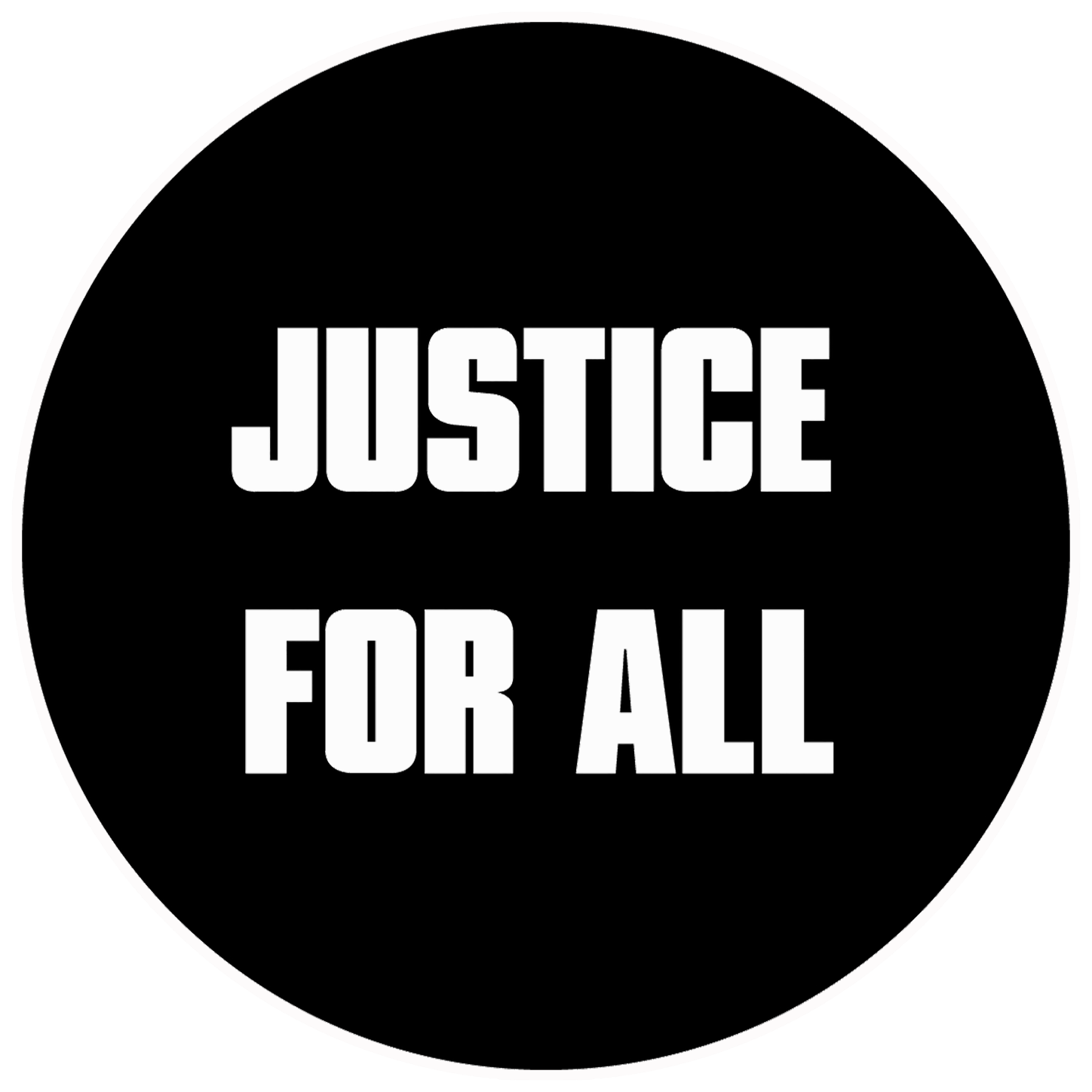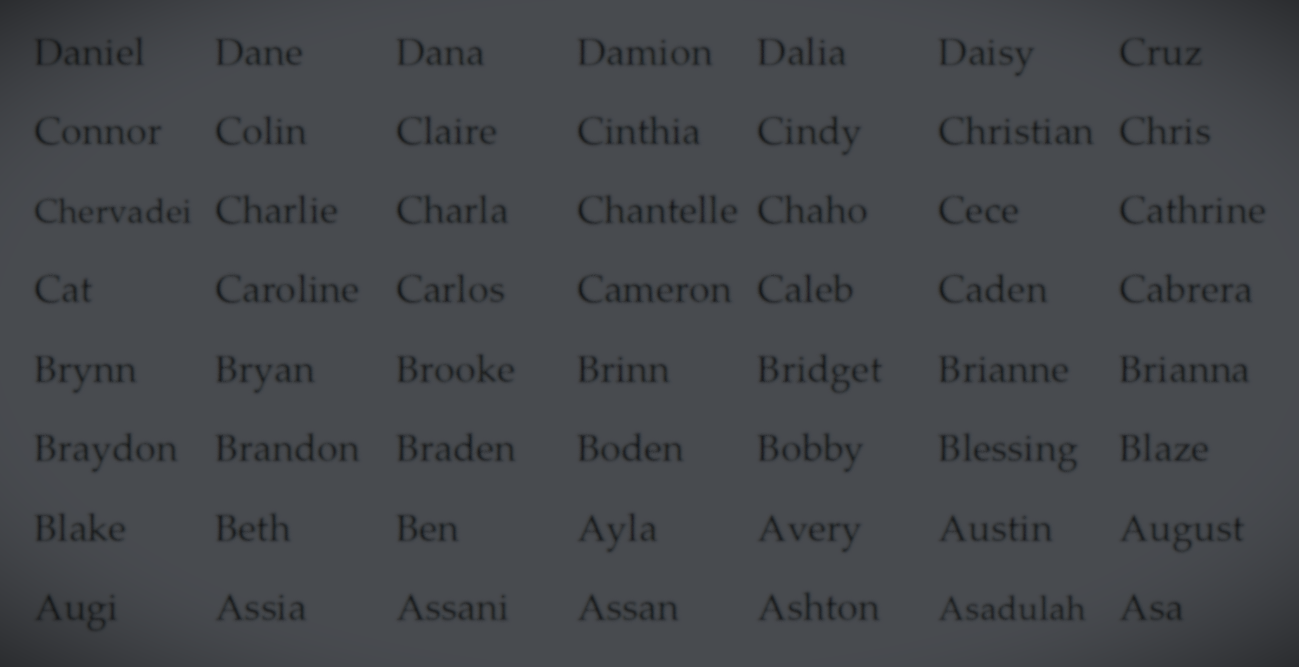Connecting the Dots
Impact Report, October 2024
As we watch results come in from the various election races and ballot initiatives over the next few weeks, let’s remember one essential activity that must continue behind the scenes, no matter who is in office or which state laws protect unborn children: connecting the dots. Let me explain. Regarding abortion, many people have an assortment of facts (or lack thereof) and viewpoints which they’ve never considered systematically. As Kaitlyn illustrates in this Impact Report, the work God has given us to do is to come alongside each person and help her spend the time necessary to reflect on the facts and arguments, put them in order, and see the truth clearly. Through the interaction, Kaitlyn saw “Alice” change opinions about the legality of abortion. What’s more, every Christian can be trained to be that person who comes alongside to help someone “connect the dots.” Thank you for helping us to train more Christians through your generous giving, and if you haven’t sent a gift recently, please consider supporting our work today.
Stephen Wagner, Executive Director
Kaitlyn (center) helps MiraCosta College students connect the dots at a recent JFA outreach event while Kristine (left) listens.
I was standing next to our free speech board at Colorado State University. A young woman I’ll call Alice walked up and began reading the comments other students had left on the board. I asked her, “Do you have thoughts on this issue?” She nodded. I said, “What are your thoughts? Do you think abortion should be legal or illegal or somewhere in the middle?” We talked for quite a while and our conversation went something like this:
Alice: I don’t like abortion, but I really don’t know what we should do about the law.
Kaitlyn: I’m hearing you. I’m curious: why would you say you don’t like abortion?
Kristina helps a student connect the dots at Mankato State University.
Alice: Because the unborn is a human being.
Kaitlyn: I’m with you. I agree that the unborn is a human being, and science is on your side, too. It is clear that the unborn is a human being when we look at biology.
Alice: [nodding]
Kaitlyn: You mentioned that you aren’t sure what we should do when it comes to making laws. Is that because choice is important to you?
Fall 2024 intern Alora Tunstill (right) helps a student to connect the dots at MiraCosta College.
Alice: Yes. We live in a free country, and people have the right to make the choices they want.
Kaitlyn: I definitely agree with you that choice is really important and that we should generally have the choice to do whatever we want. When I think about choices, there are two categories that come to mind. One is choices that don’t harm anyone. Choices like where we go to school, or how we cut our hair, or what to eat. The second category is choices that harm someone. Choices like rape and murder. It seems like, even though we think most choices should be legal, we don’t think those choices should be legal because they harm someone.
Rebekah Dyer helps a student at California State University San Marcos to connect the dots.
Alice: Yes, that’s true.
Kaitlyn: If the unborn is a human being who is killed through abortion, do you think we should make the choice of abortion illegal because it harms someone?
Alice: That’s a really good point. I think we should.
Alice and I talked a little more. She shared with me that she is a Christian and that she really wants to help protect unborn children from abortion. She listened in to some other staff members as they talked to pro-choice students. Afterwards she came back to me and asked me to help her think through some questions those conversations had raised in her mind.
There are many people around us like Alice who are pro-life for themselves but don’t know if it is right for them to tell someone else not to have an abortion or to outlaw it. These people need help to think through this issue. Often a few simple questions will help them rethink their position and take a more solid stance against abortion.
– Kaitlyn Donihue, for the JFA Team
—
Go Deeper: In this story, Kaitlyn put Tammy Cook’s “Two Buckets” dialogue tool in her own words when she discussed “two categories” of choices. You can find more stories utilizing this tool on our website.
More Pictures: See more recent events (Colorado, etc.) at the online version of this letter (jfaweb.org/oct-2024) and on Instagram (@picturejusticeforall).








